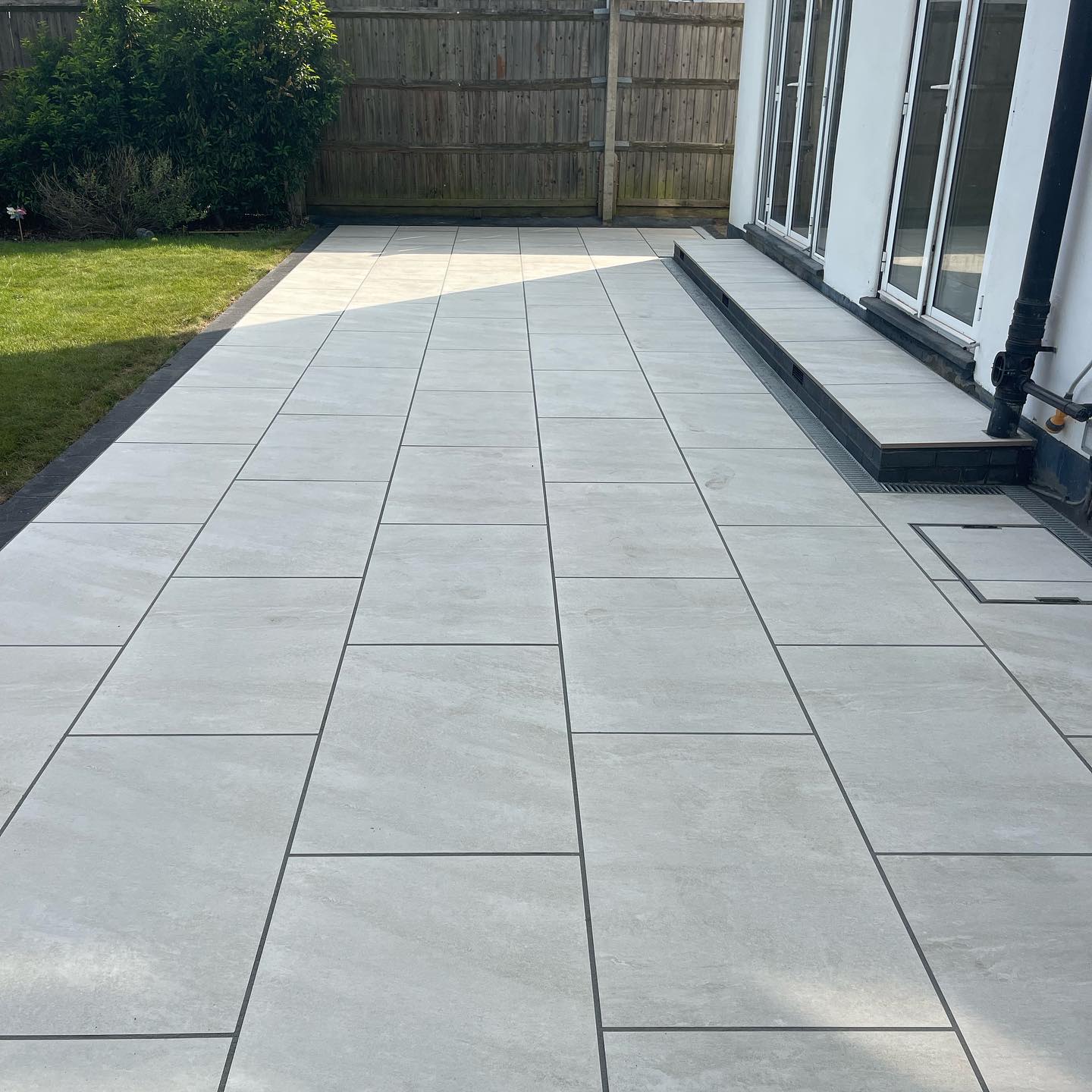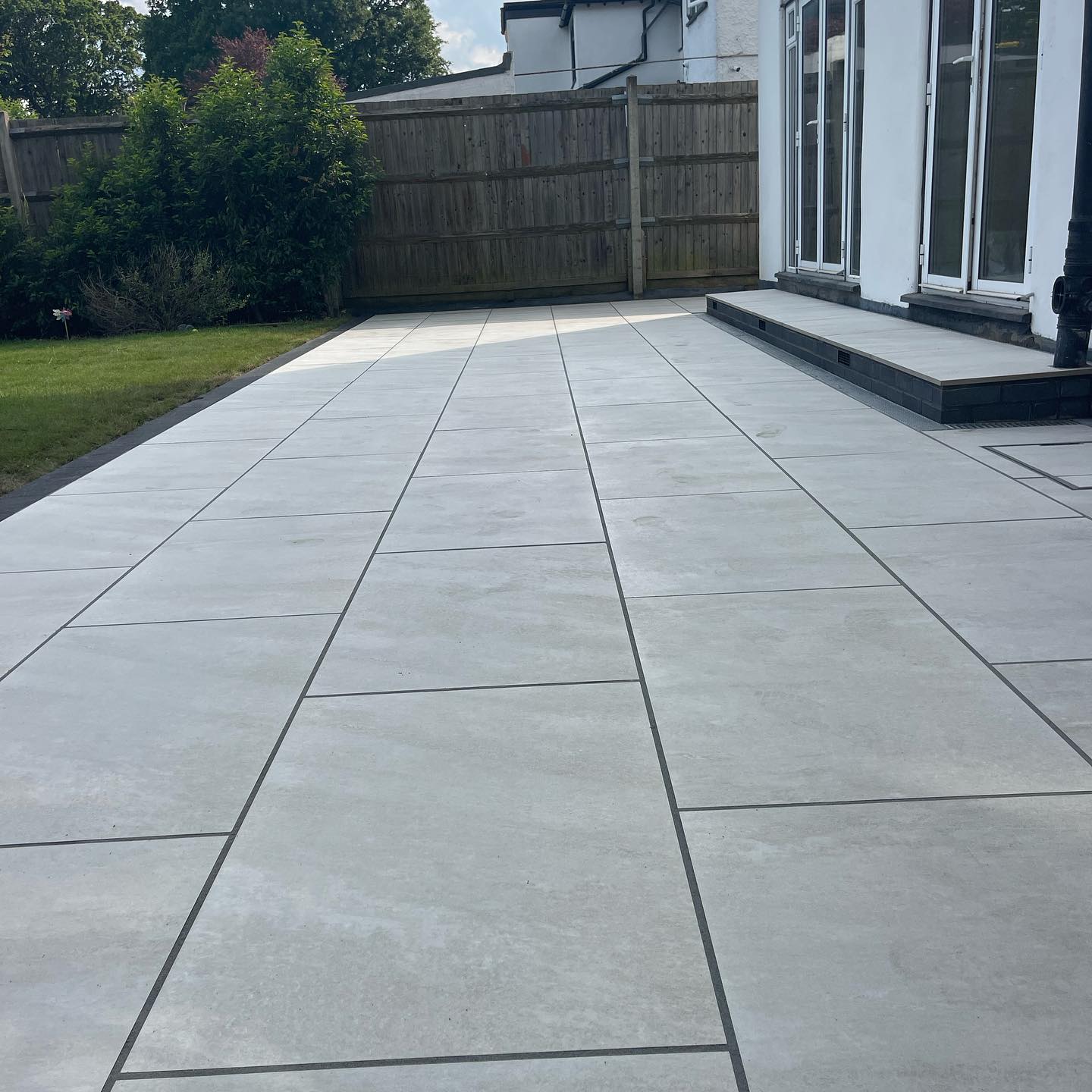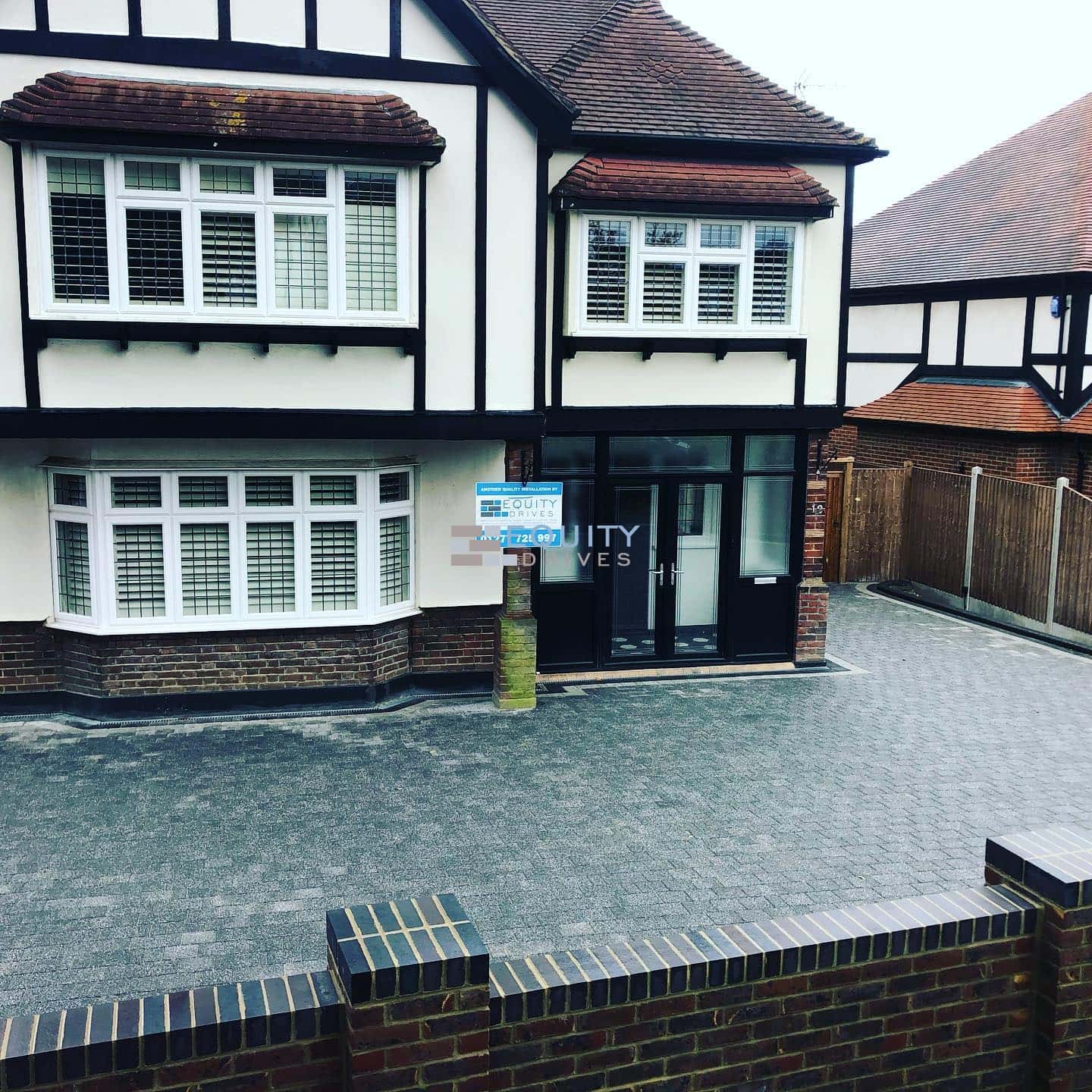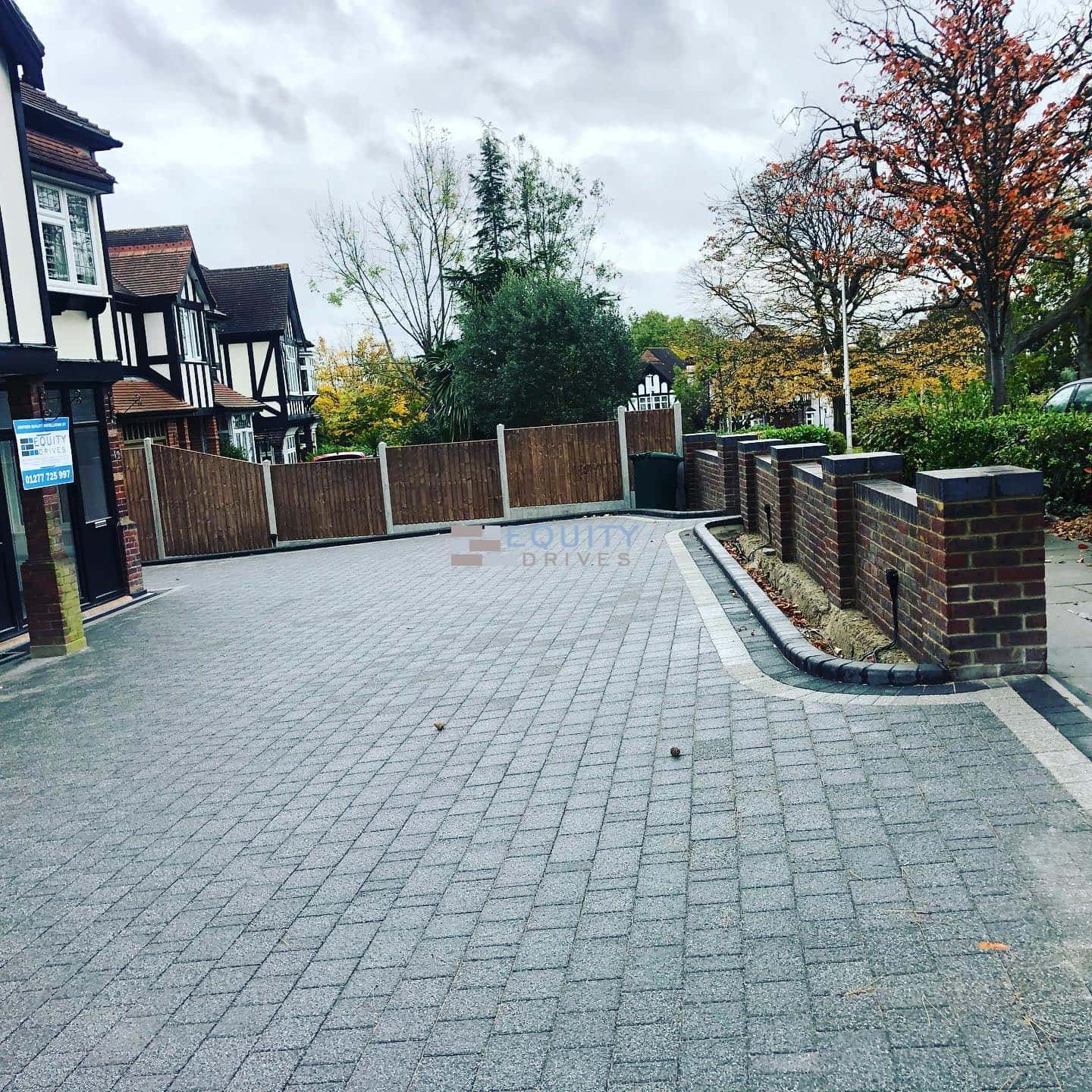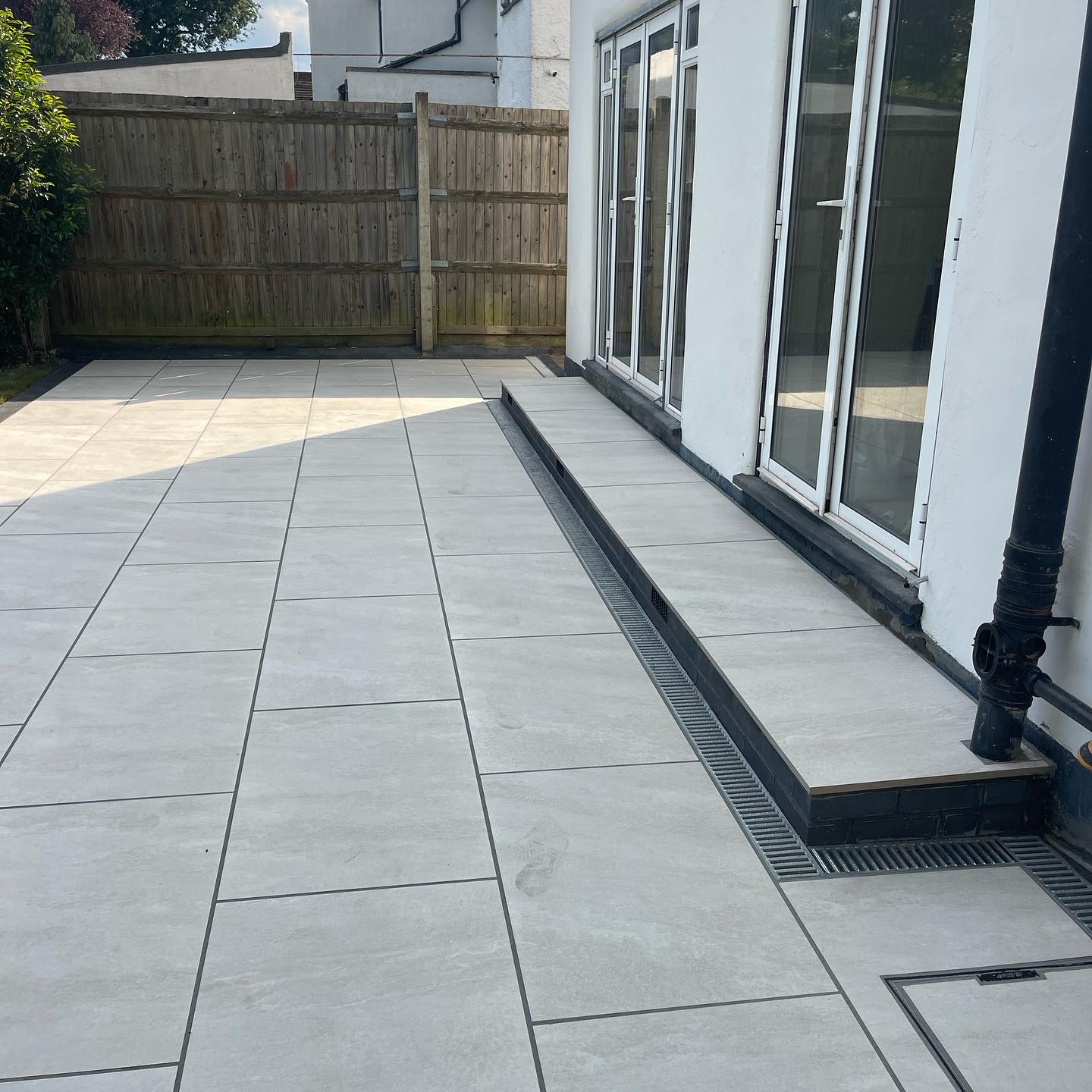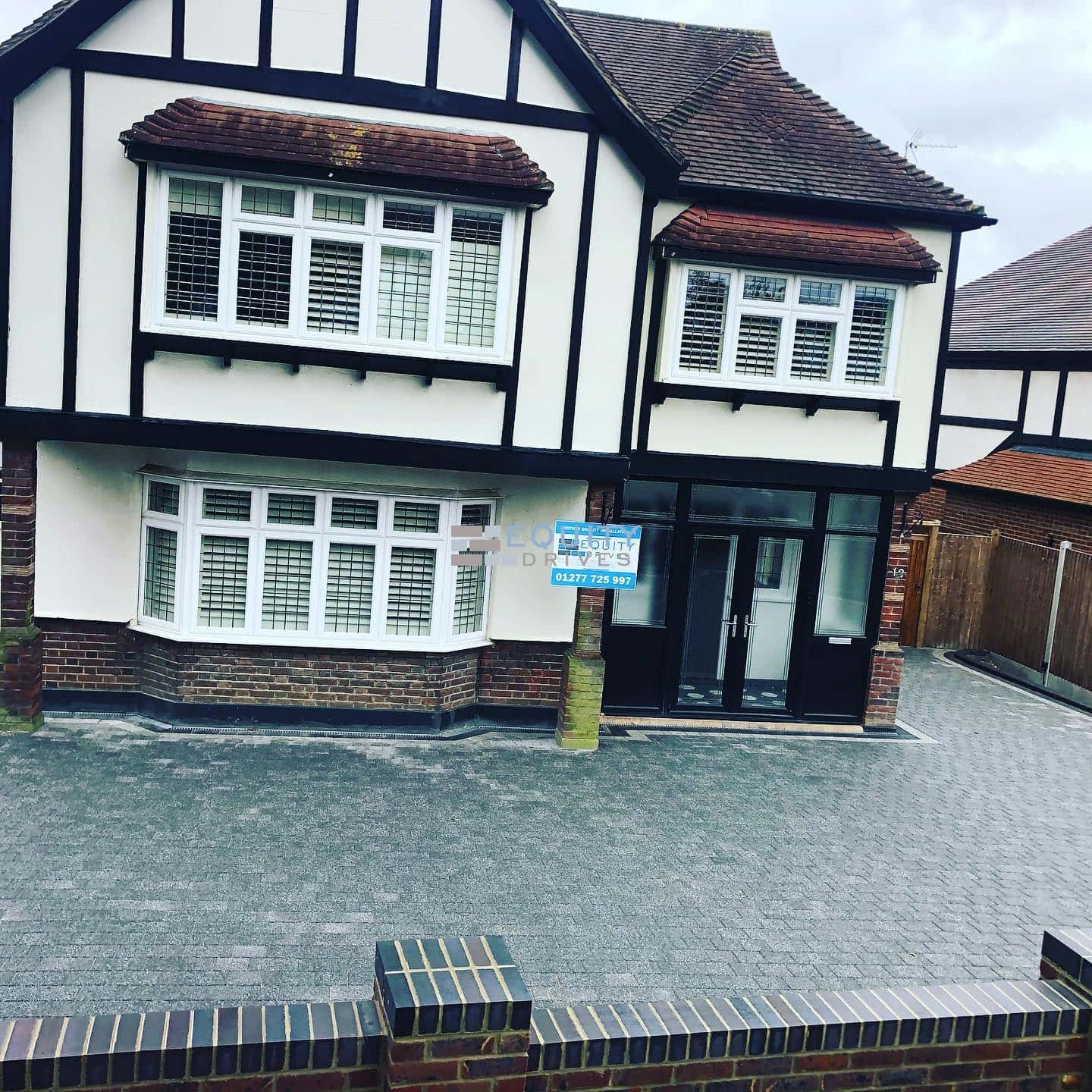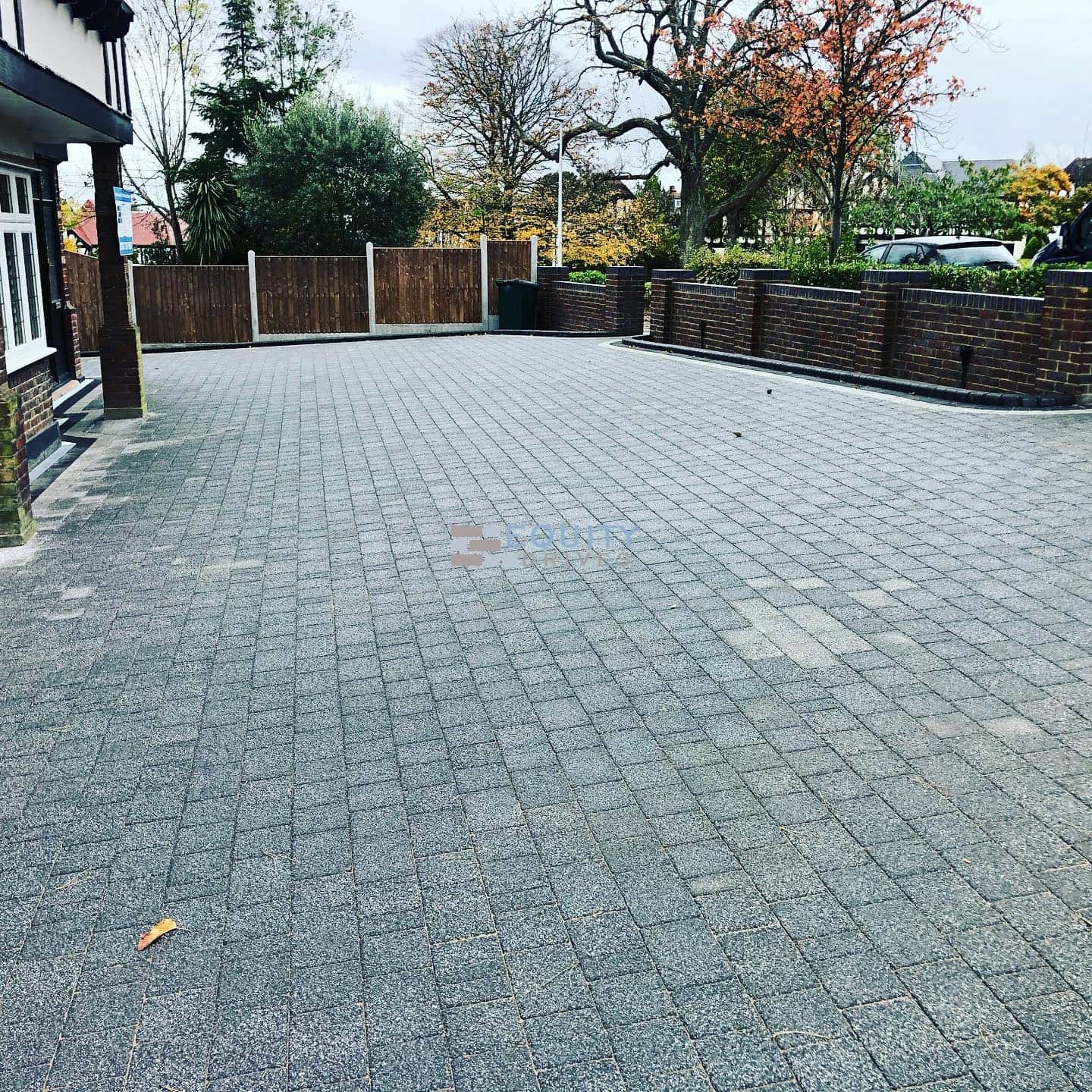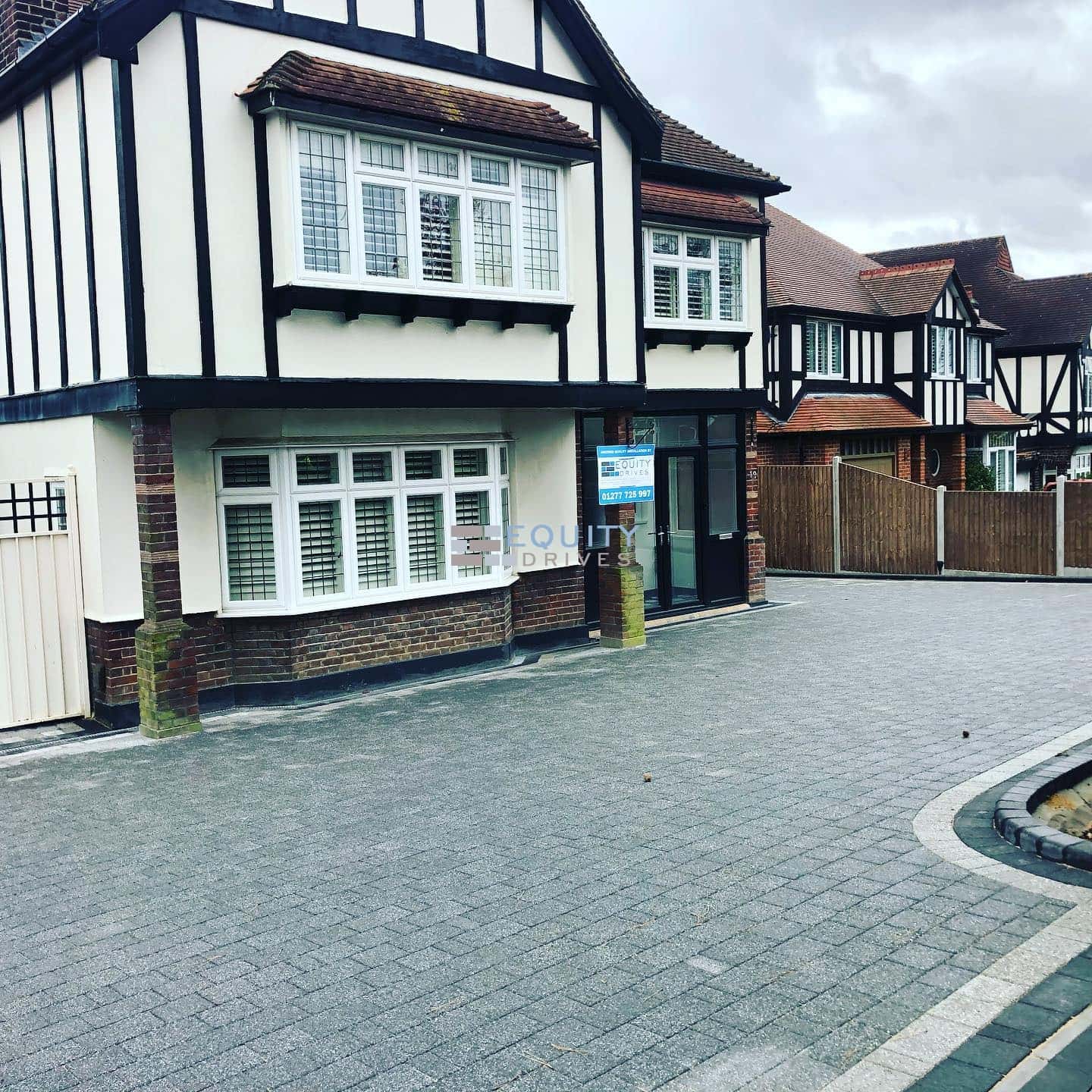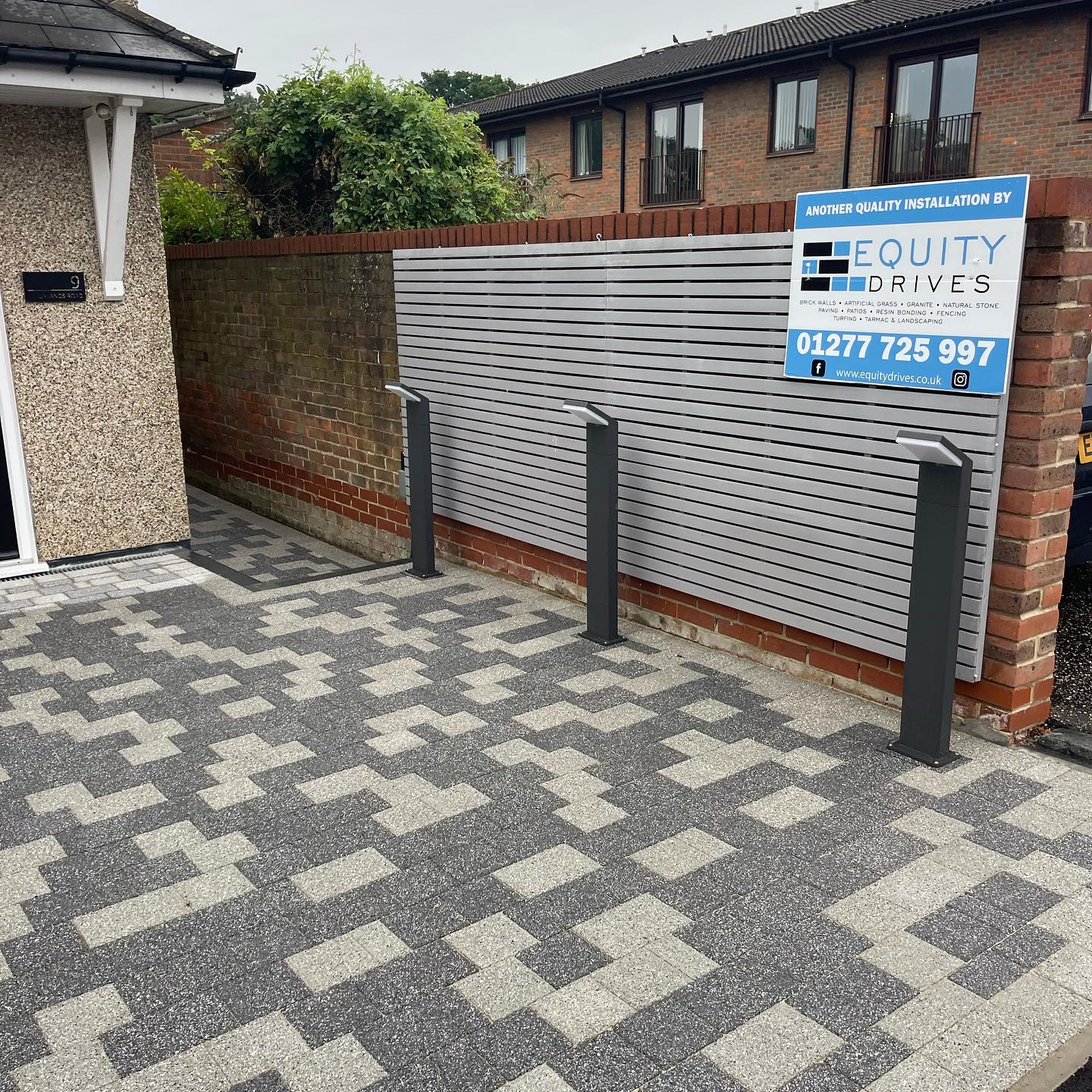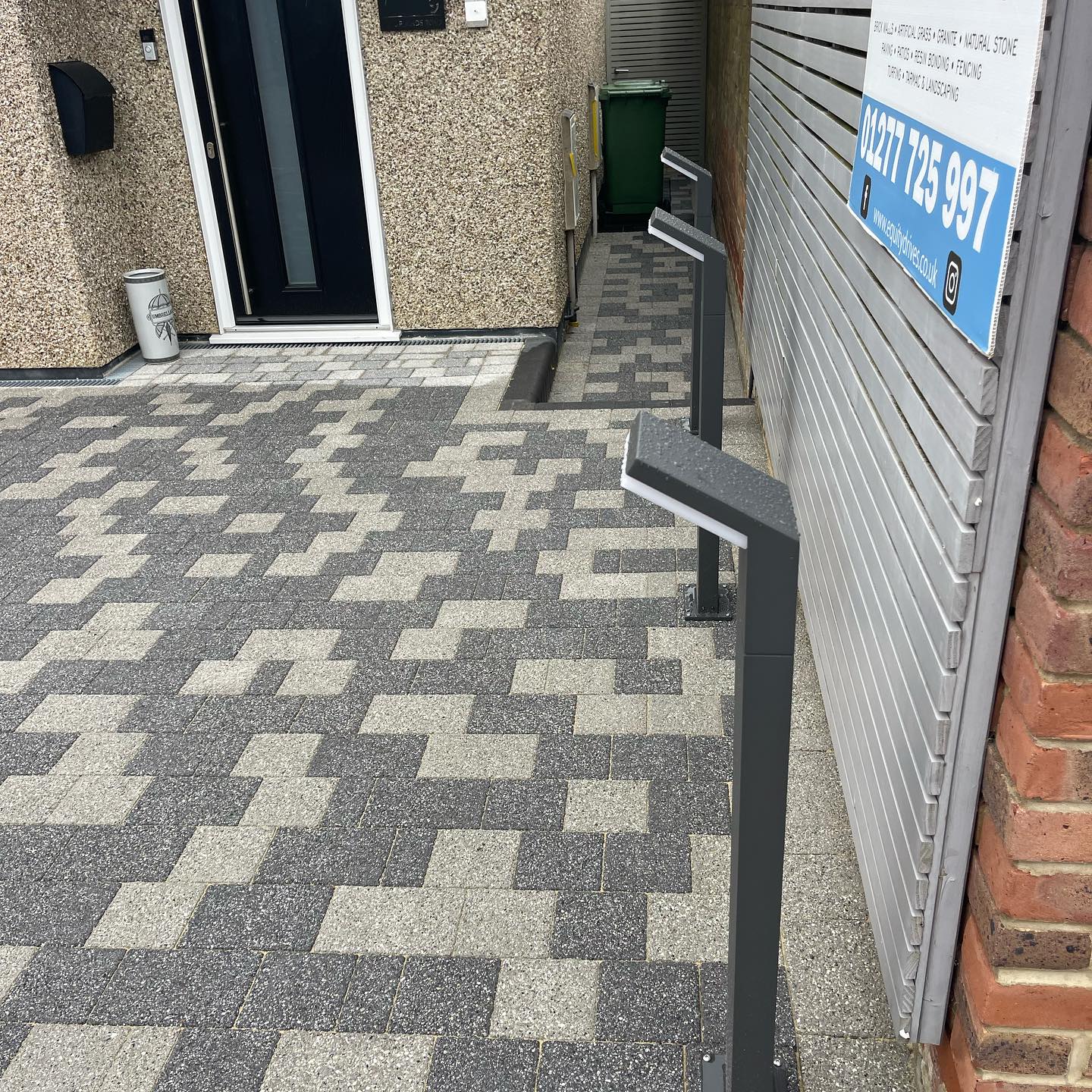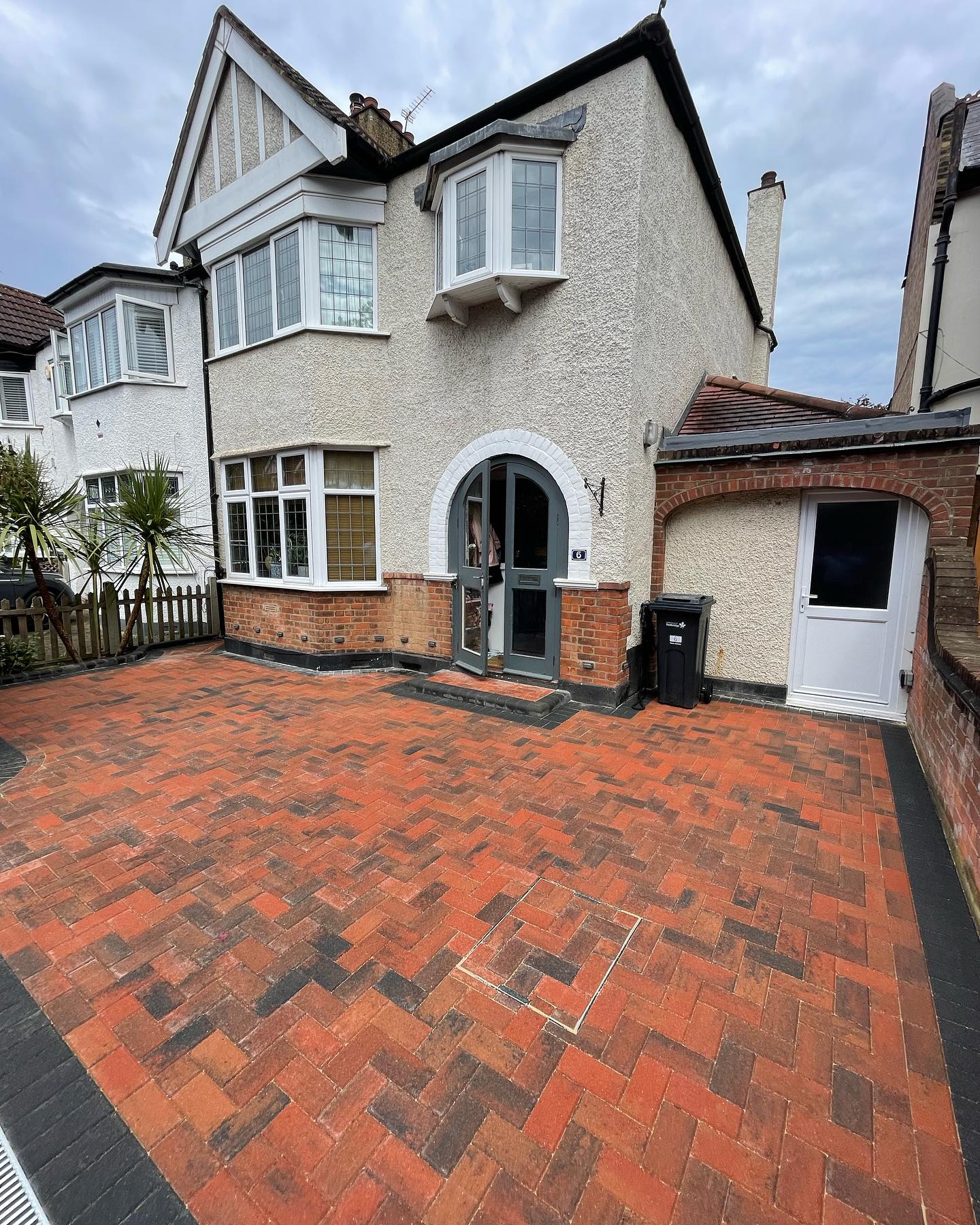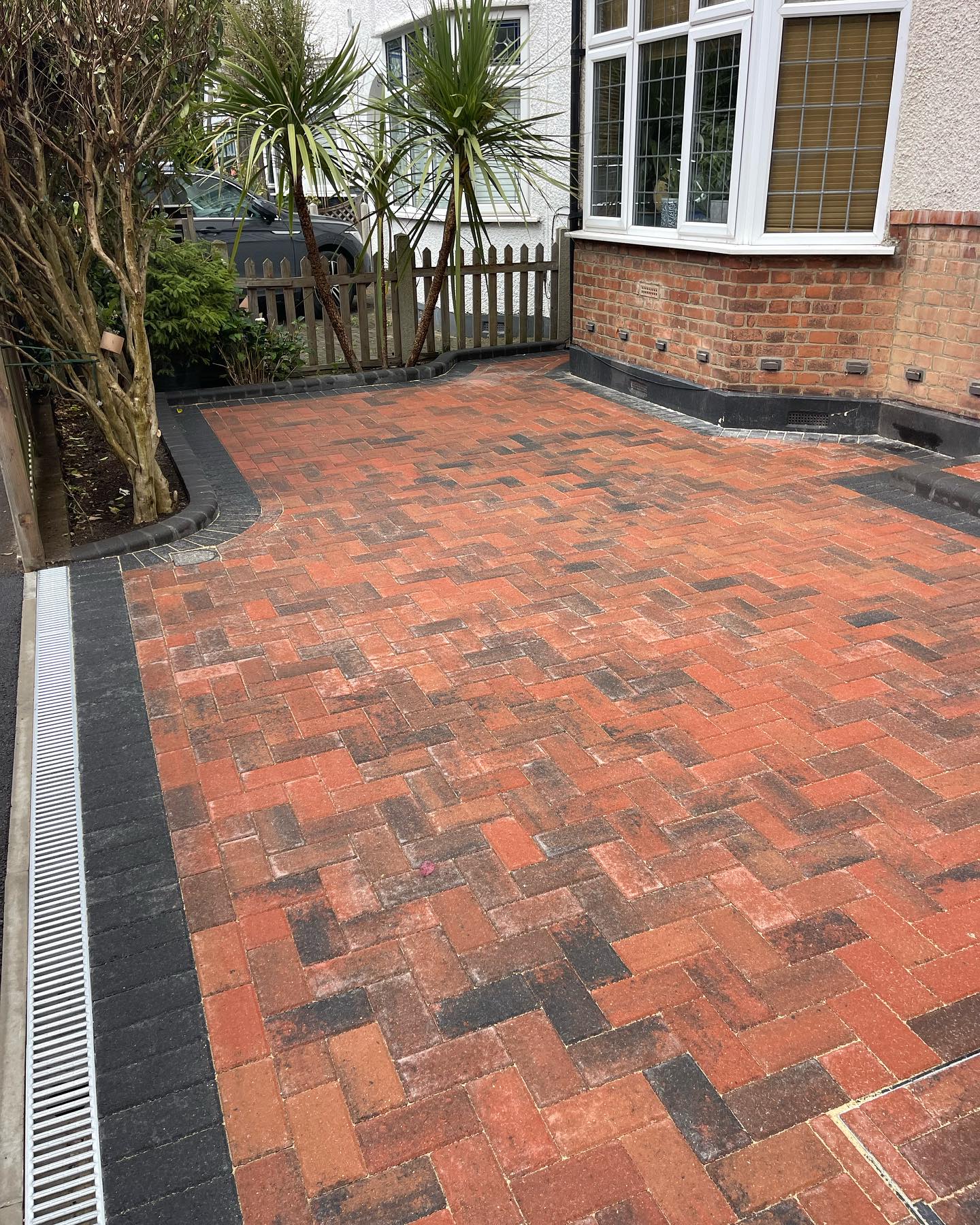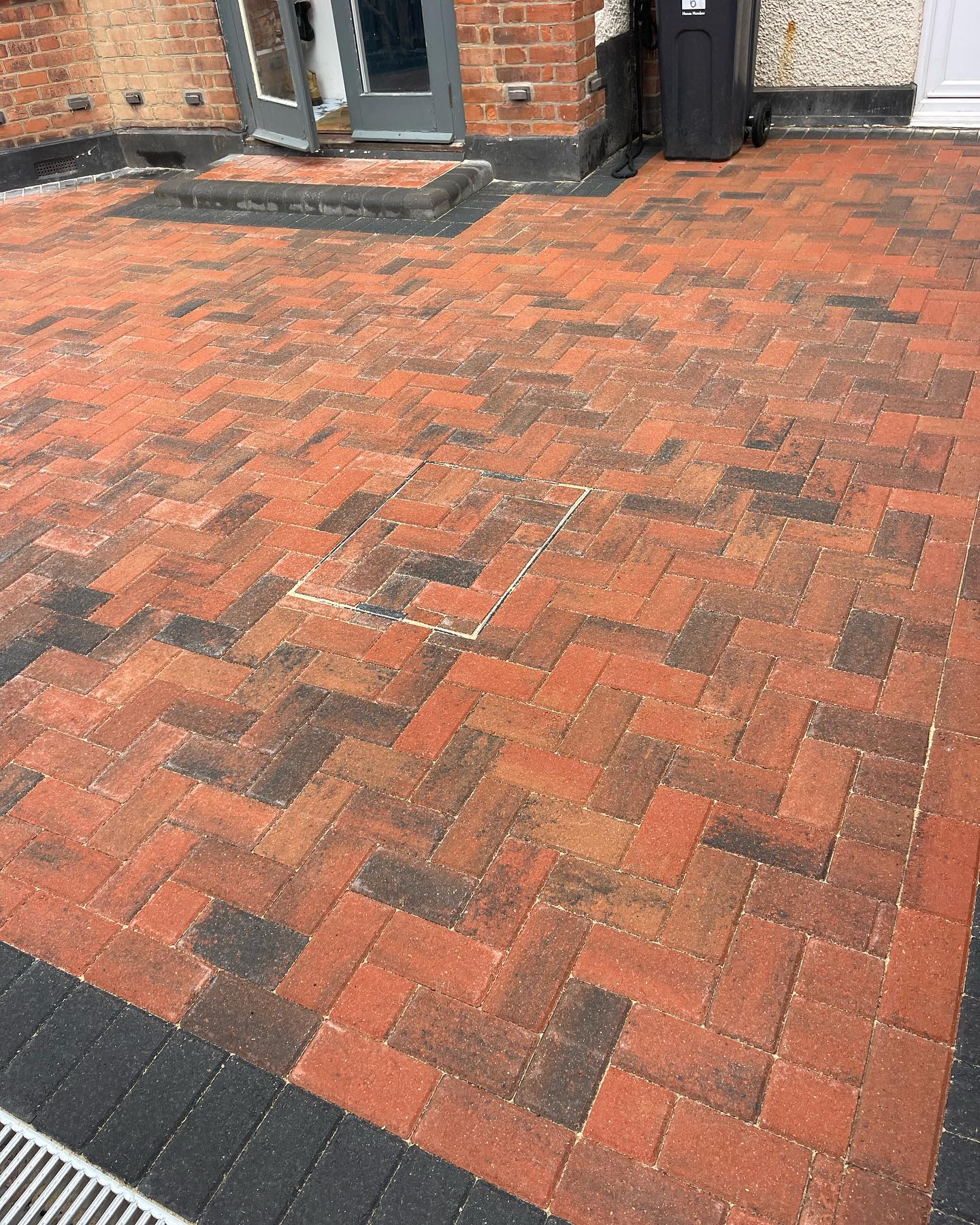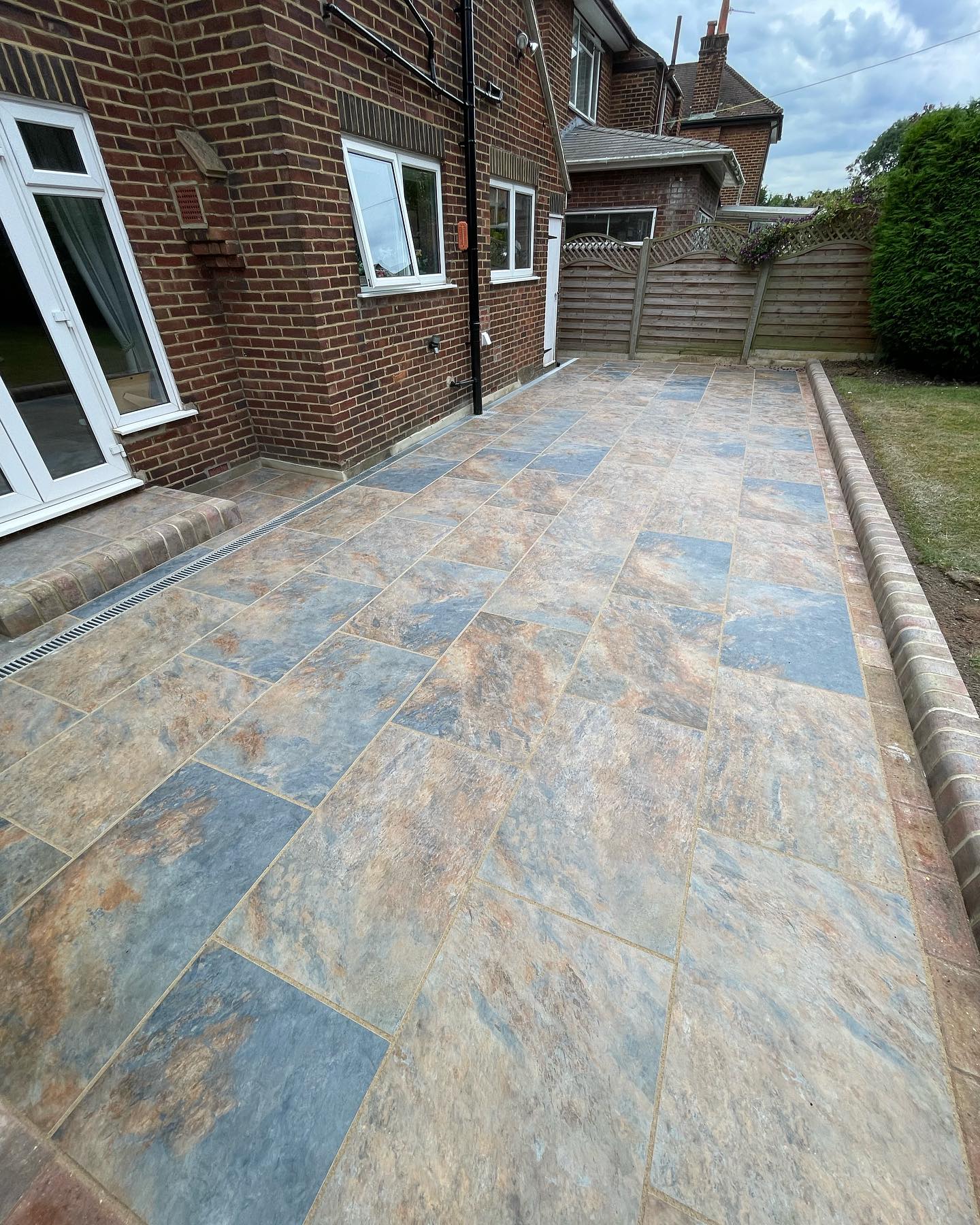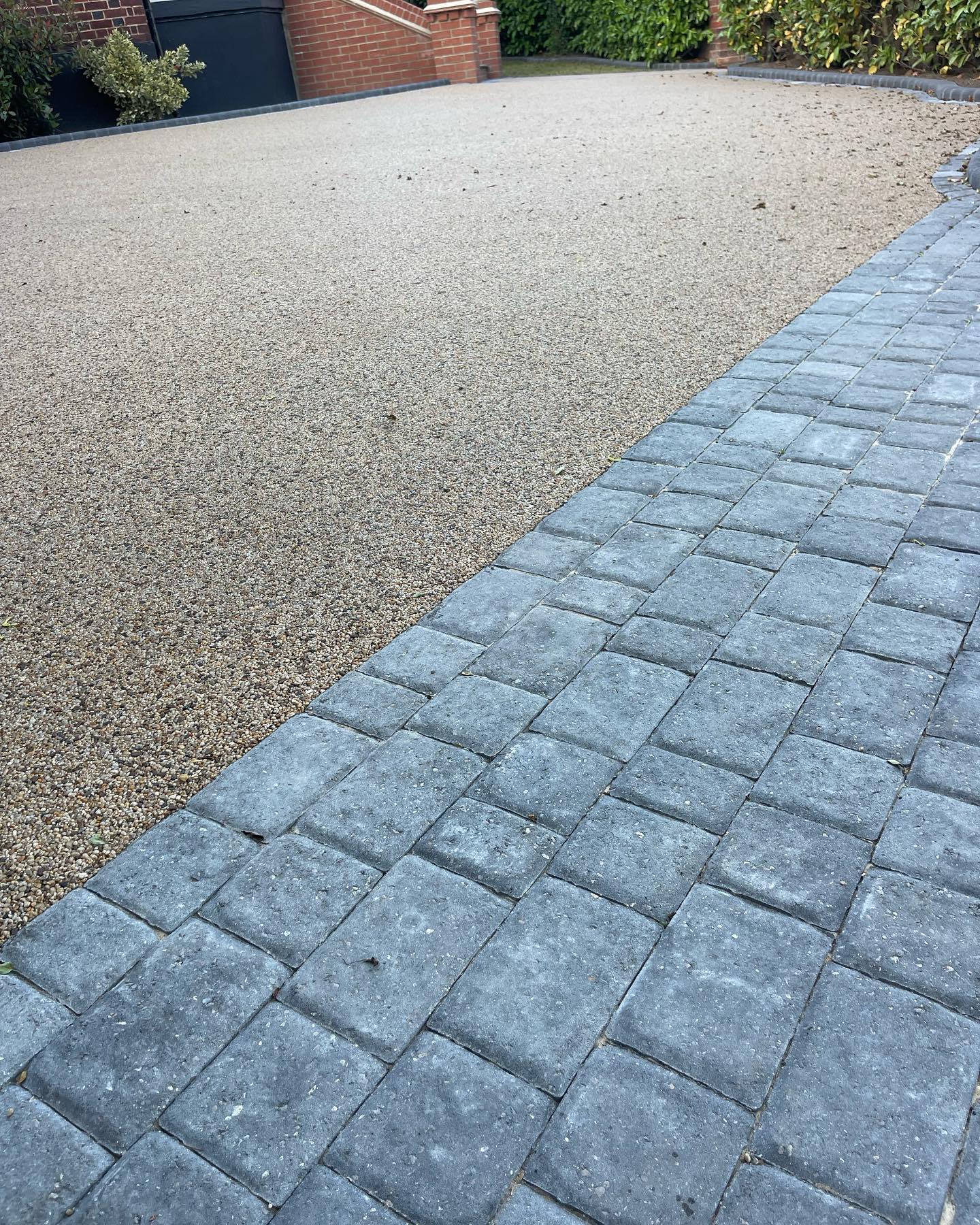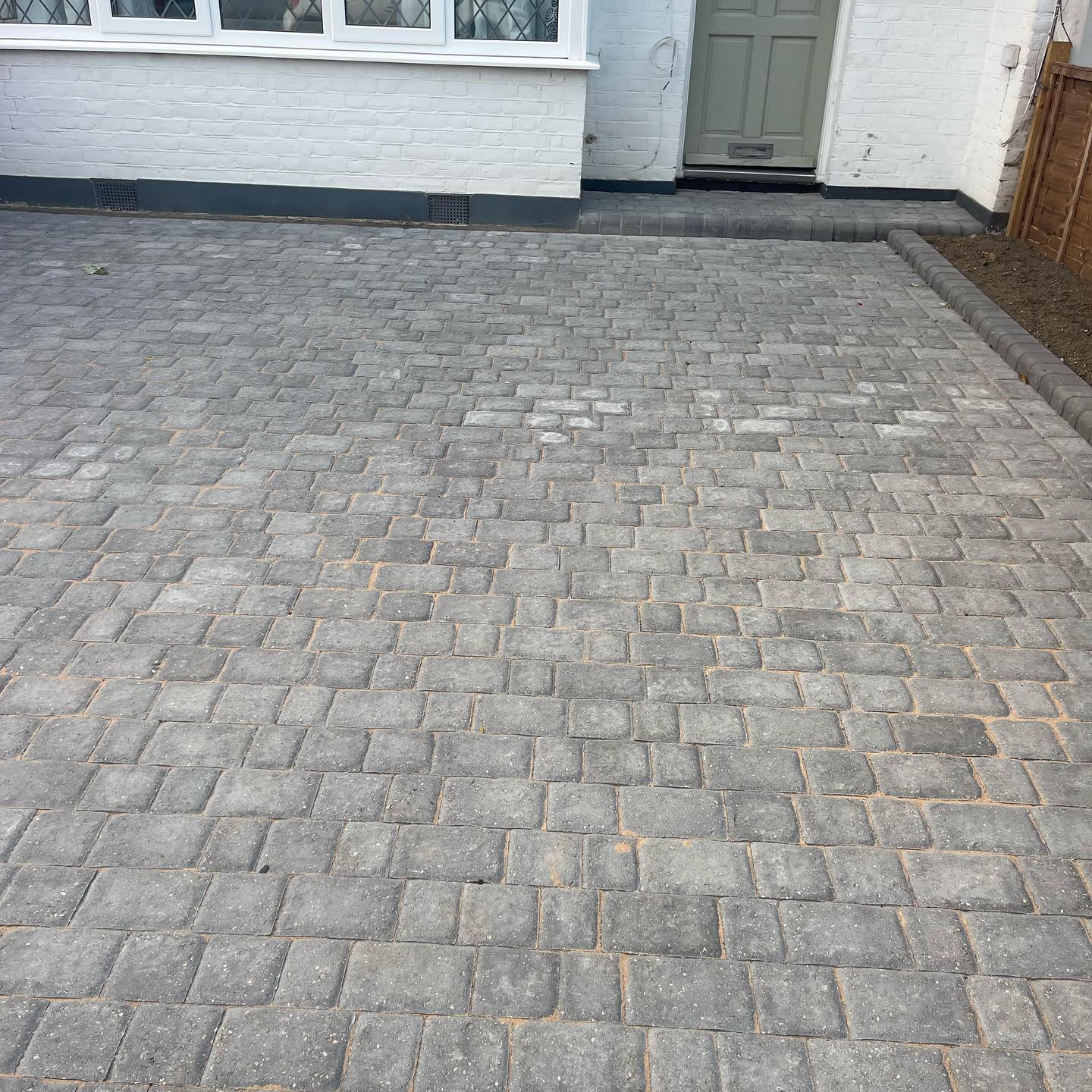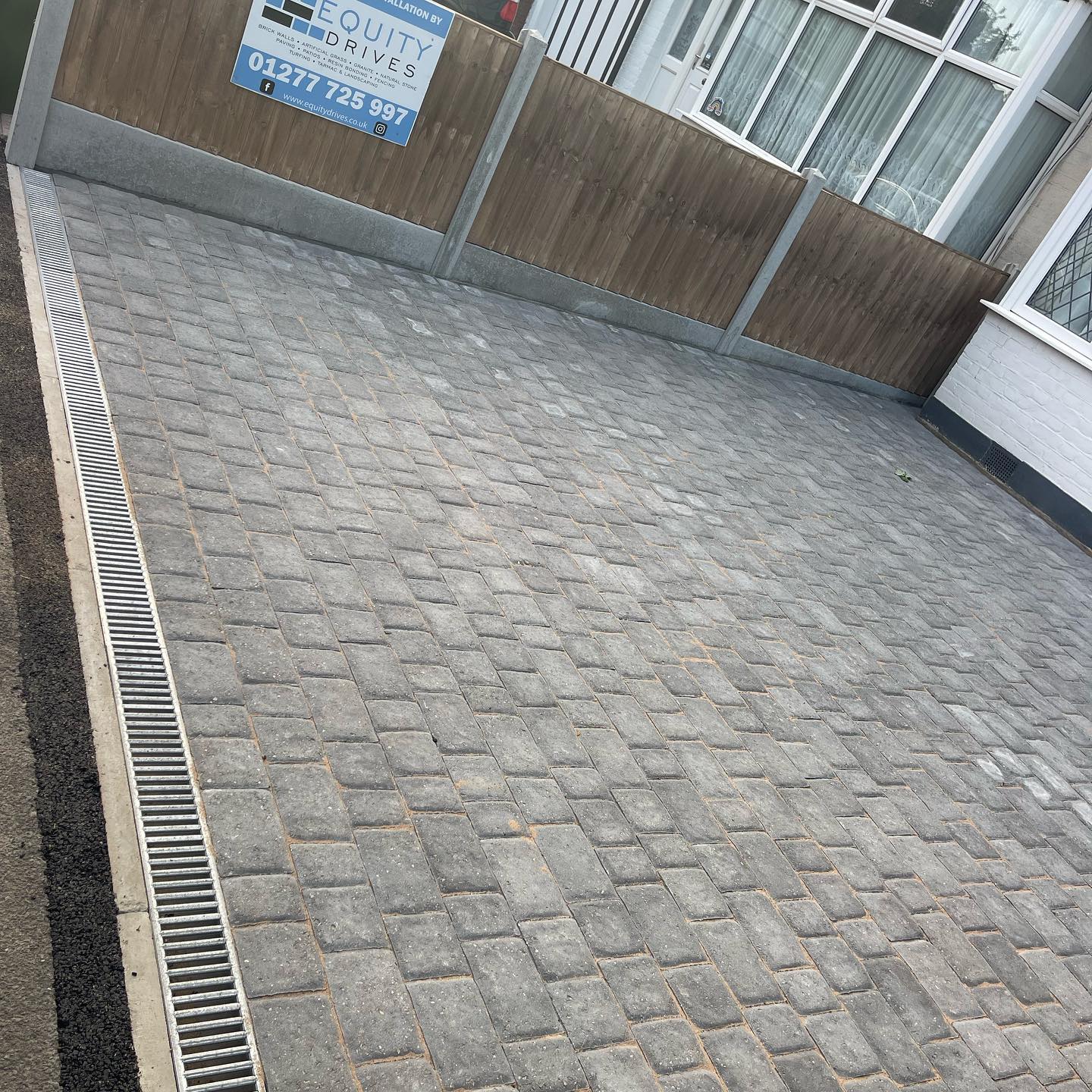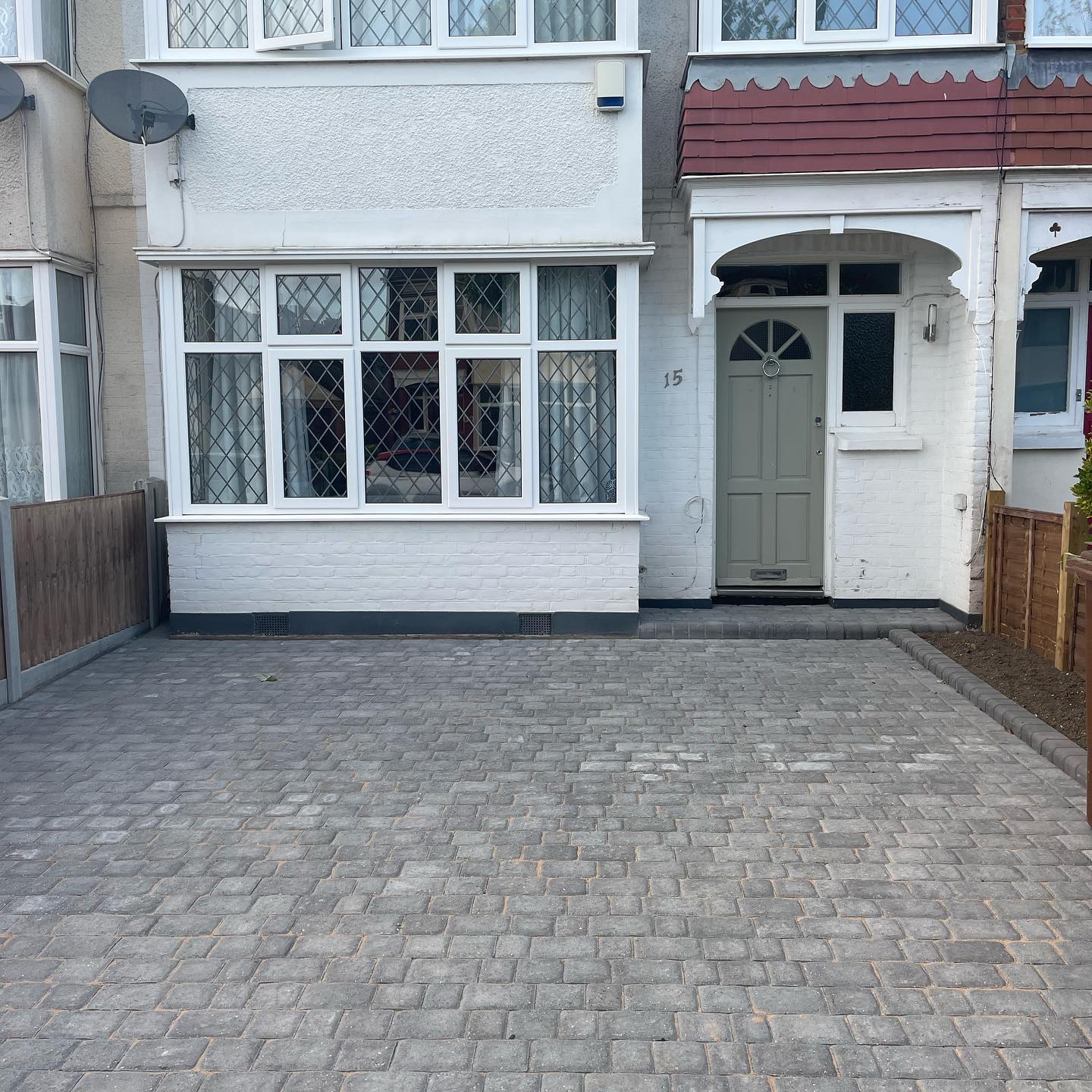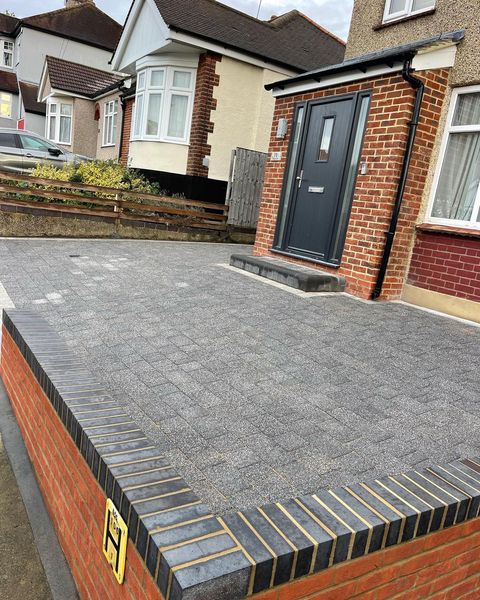
Concrete Driveways vs. Tarmac Driveways: The Pros and Cons
12 Jan 2023
When it comes to choosing the right driveway for your home, you have several options. One of the most popular types of driveways is either concrete or tarmac.
Both have their pros and cons, which is why it’s important to consider each before making your decision. In this blog post, we will discuss the pros and cons of concrete and tarmac driveways so you can decide which one is best for your needs.
Cost of Installation
When it comes to the cost of installation, there are some clear differences between concrete and tarmac driveways. Concrete is typically the more expensive option, although the cost varies depending on the size of your driveway and other factors. Tarmac is usually the cheaper option.
When deciding which type of driveway to install, it’s important to consider not just the initial cost of installation but also the long-term maintenance costs. If you opt for a more expensive material upfront, it may pay off in the long run if it’s easier to maintain.
Maintenance
When it comes to maintenance, both concrete and tarmac driveways have their advantages and disadvantages. Concrete is generally considered to be easier to maintain than tarmac.
It can be easily pressure washed or cleaned with a garden hose. However, concrete can crack if not laid properly or maintained correctly. Cracks should be repaired as soon as they appear to prevent further damage.
On the other hand, tarmac driveways require more regular maintenance and upkeep. Due to its dark color, tarmac can become very hot during summer months and may require special treatments to prevent cracking or fading.
Longevity
When it comes to longevity, concrete driveways are the clear winner. While tarmac will usually last for a few years, a well-maintained concrete driveway can last much longer. This is because concrete is stronger and more durable than tarmac and not as prone to cracking, fading, or staining.
On the other hand, tarmac tends to crack and fade over time due to its lack of durability. This is especially true in areas that receive a lot of direct sunlight. It can also be susceptible to oil stains which can be difficult to remove and make it look unsightly.
Appearance & finish
Concrete driveways offer a smooth, consistent surface with fewer lines or grooves. This makes them a great choice for those who prefer a sleek and modern aesthetic for their driveway. They also come in a variety of colors and designs, allowing homeowners to customize the look and feel of their driveway. In addition, concrete is highly durable and resists cracking and wear over time.
Tarmac driveways, on the other hand, tend to have a rougher finish that can be textured and colored for a more traditional or rustic look. The texture can help add traction for vehicles, making it a safer option for those who live in an area with inclement weather.
Conclusion
When considering a driveway option for your home, both concrete and tarmac have their own benefits and drawbacks. While concrete driveways provide a more premium aesthetic finish, they require more upfront costs for installation and regular maintenance. On the other hand, tarmac is a cost-effective solution that is relatively low maintenance but may not have the same longevity or look of concrete. Ultimately, it depends on your budget, personal preferences, and local climate conditions when deciding between the two options. Weighing all these factors should help you choose the right driveway material for your home.













